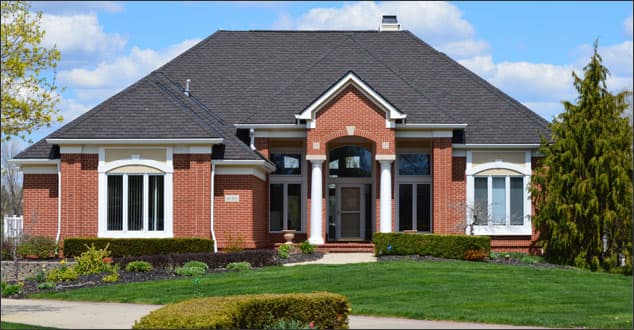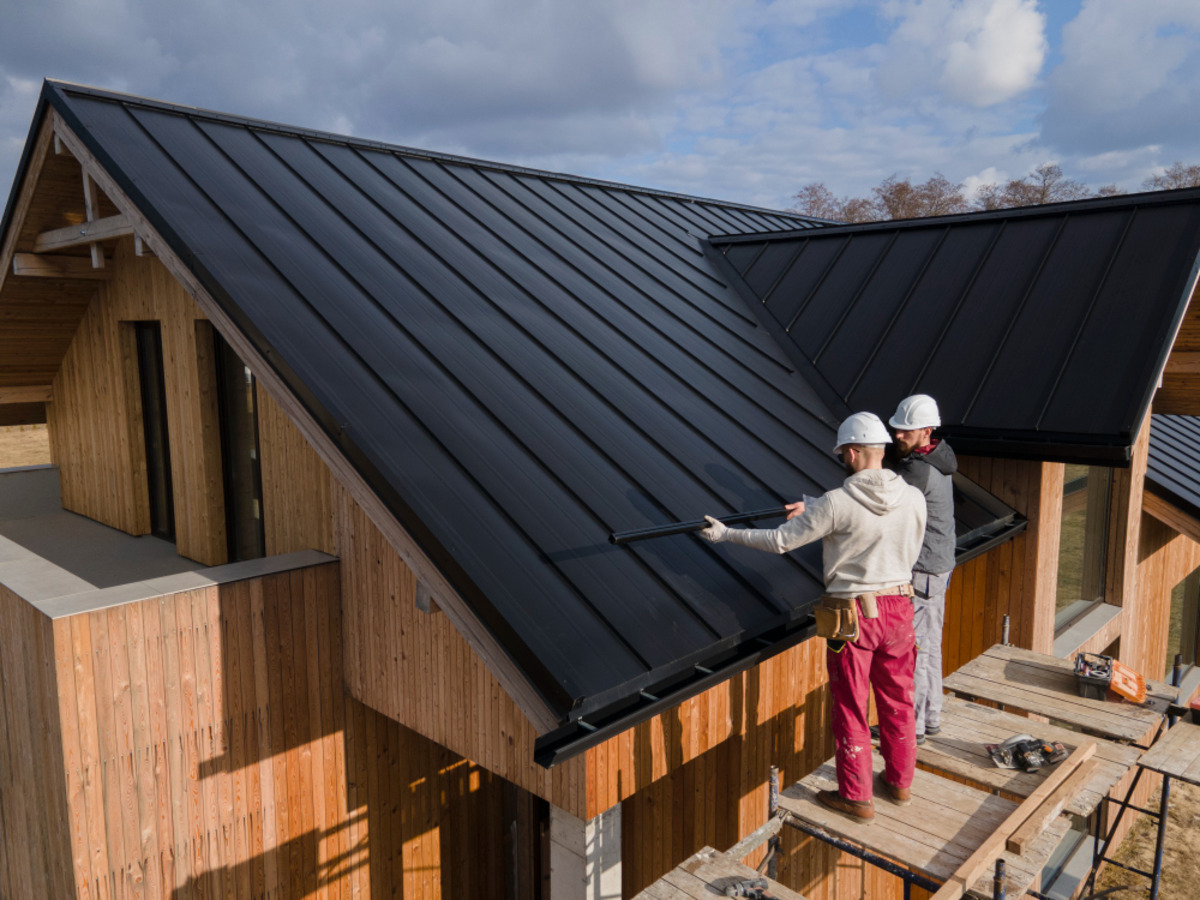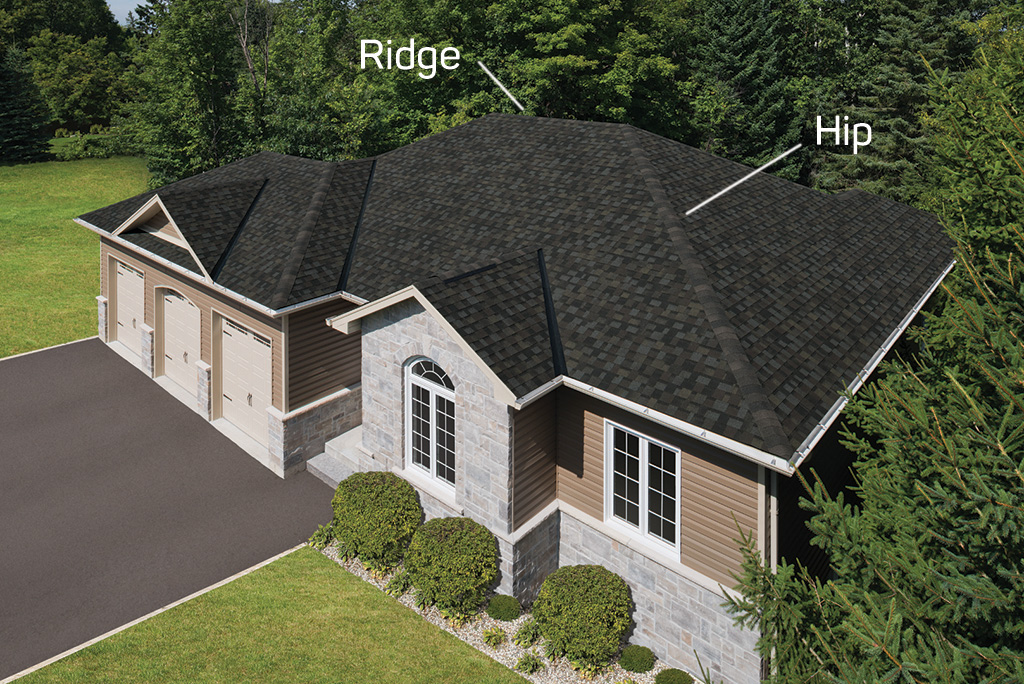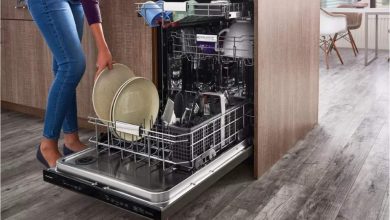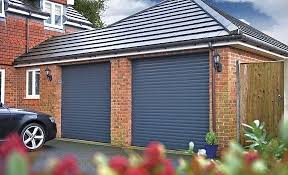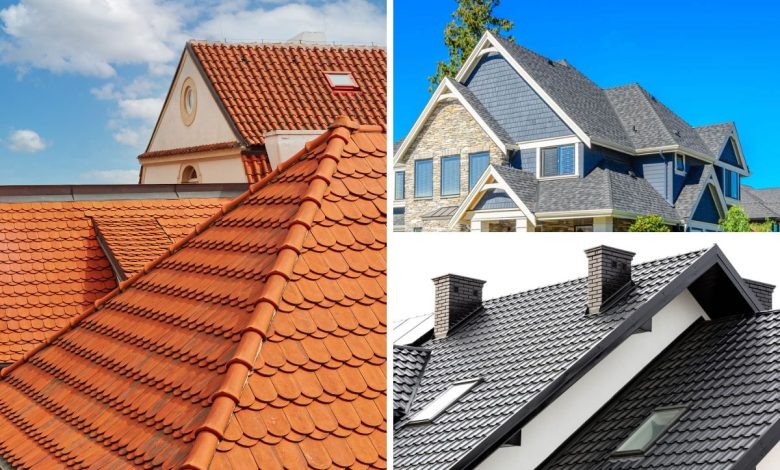
Imagine gazing up at your home, not with a furrowed brow, but with a heart set ablaze. Imagine the budget riendly roof, not as a dull necessity but as a crowning jewel, a whispered promise of security and style. This, dear reader, is the magic of understanding roof design. It’s not just about sheltering you from the elements; it’s about crafting a canvas for your architectural symphony.
Confused by the jargon? Gabled, hip, and gambrel—these aren’t just cryptic words whispered by contractors. They’re the language of architectural drama, each style a unique melody waiting to be played on your home’s rooftop stage.
Gable Roof
The gable roof, with its familiar triangular silhouette, is the undisputed king of the architectural landscape. Its simple yet elegant form has graced homes for centuries, from charming cottages to grand Colonial mansions. But beneath its seemingly straightforward design lies a wealth of practical and aesthetic advantages that make it a timeless choice for any homeowner.
Simplicity and Strength
The gable roof’s beauty lies in its inherent simplicity. Its two sloping sides, meeting at a ridge in the center, require minimal framing and construction, making it a cost-effective option. This straightforward design also translates to ease of maintenance and repair, ensuring your roof stands strong for generations to come.
Ventilation and Light
The inherent pitch of a gable roof creates a natural chimney effect, allowing for efficient air circulation and preventing moisture buildup. This not only keeps your home cool and comfortable in warm climates but also extends the lifespan of your roof by minimizing the risk of rot and mildew. Additionally, the triangular shape allows for ample space for skylights or dormer windows, bathing your living space with natural light and enhancing the feeling of spaciousness.
Curb Appeal and Versatility
The gable roof’s classic silhouette is an instant charmer, adding a touch of timeless elegance to any architectural style. Whether paired with rustic wood siding or modern brick, its clean lines and harmonious proportions create a sense of balance and visual interest. Furthermore, the gable roof’s adaptability shines through its versatility. It can be scaled to fit any home size, from cozy bungalows to sprawling ranch houses, and its simple geometry allows for creative customization with dormers, decorative trim, and varying roof pitches.
Potential Drawbacks
While the gable roof reigns supreme in many aspects, it’s important to acknowledge its limitations. The steeper pitch can make it more susceptible to wind damage in certain regions, and the lack of overhangs can expose windows and doors to the elements. Additionally, the triangular shape provides less attic space compared to other roof styles, which may be a consideration for homeowners seeking maximized storage potential.
The All-Weather Allure
Step away from the triangular familiarity of the gable and step into the realm of the hip roof. This four-sided masterpiece, with its gently sloping sides that descend uninterrupted to the eaves, is not just a geometric marvel; it’s an architectural powerhouse built for resilience and style.
Unflinching Strength
Unlike its gable counterpart, the hip roof presents a united front against the elements. Its continuous slopes distribute wind forces evenly, making it remarkably resistant to high winds and storms. This is a boon for homeowners in coastal regions or areas prone to strong gusts, offering peace of mind and reducing the risk of roof damage. Additionally, the absence of gables minimizes the snow load, preventing potential collapses and ensuring your roof maintains its structural integrity year-round.
Sleek Aesthetics and Unmatched Curb Appeal
The hip roof’s graceful lines and seamless silhouette create a striking visual statement. Its elegant proportions and low profile add a touch of sophistication to any architectural style, from modern bungalows to rustic log cabins. Unlike the gable’s distinct triangular peak, the hip roof blends seamlessly into the overall shape of the house, creating a harmonious unity that enhances curb appeal and boosts your home’s value.
Unlocking Practical Advantages
The hip roof isn’t just a pretty face; it also holds hidden practical advantages. Its continuous slopes offer superior drainage, preventing water pooling and potential leaks. This is particularly beneficial in areas with heavy rainfall or snowfall, ensuring your roof sheds water efficiently and protects your home from moisture damage. Additionally, the absence of gables creates more usable attic space, offering valuable storage potential or even the possibility of converting it into a cozy loft or additional living area.
Considerations and Variations
While the hip roof shines in many aspects, it’s crucial to be aware of its potential drawbacks. Its complex construction can be more costly than simpler designs like the gable roof. Additionally, its low profile may limit natural light infiltration compared to steeper pitches.
FAQ
Flat vs. Pitched Roof: Which is Right for Me?
This question often arises due to the modern appeal of flat roofs. While flat roofs offer advantages in terms of cost and rooftop accessibility, they are less effective in shedding snow and heavy rain. In regions with significant snowfall or frequent downpours, a pitched roof like the gable or hip provides superior drainage and weather protection. Ultimately, the choice depends on your climate, architectural style, and budget.
Can I Add a Dormer or Skylight to My Existing Roof?
Adding dormers or skylights can enhance natural light and space, but feasibility depends on your roof’s structure and pitch. Gable and hip roofs, with their ample attic space and relatively accessible slopes, are ideal candidates for these additions. However, shed roofs and roofs with low pitches may not offer enough space or structural support for these modifications. Consulting a qualified roofing professional is crucial to assess compatibility and ensure safe installation.
How Can I Maximize Attic Space with My Roof Style?
Attic space can be a valuable asset, and choosing the right roof style can make a difference. Gambrel roofs, with their two-tiered design, offer exceptional attic space, while vaulted ceilings in gable and hip roofs can also be maximized for storage or living areas. However, it’s important to consider the trade-off between attic space and headroom, as steeper pitches may limit usable space in the upper levels.
How Do I Choose the Right Roof Material for My Style?
Roof material plays a crucial role in aesthetics, durability, and cost. Asphalt shingles are a popular and affordable choice, while metal roofs offer superior longevity and fire resistance. Slate and clay tiles provide a distinctive touch and enhance curb appeal, but come with a higher price tag. Consulting a roofing expert can help you navigate the options and choose the material that best aligns with your budget, style, and local climate.
When should I consider consulting a roofing professional?
A qualified roofing professional can be your invaluable guide throughout the process, from choosing the right style to ensuring proper installation and maintenance. They can assess your existing roof, recommend the best options for your needs and budget, and provide expert advice on material selection, ventilation, and building codes. Don’t hesitate to seek professional guidance, especially for complex roof designs or major renovations.
Consultation
A qualified roofing contractor acts as your architectural translator, deciphering your vision and translating it into the perfect roof language. Through detailed discussions about your desired style, budget constraints, and any unique needs your home might have, they can recommend the most suitable style and material options. Imagine bouncing your dream of a French-inspired mansard roof off a professional who can assess its viability in your region and suggest alternative solutions if needed, all while keeping your budget in mind. This level of expert guidance can save you from costly mistakes and ensure your roof investment lasts for years to come.


:max_bytes(150000):strip_icc()/home-improvement-smart-ways-to-update-your-front-yard-2736970-hero-12e970406e734b45930d3f80a9783001.jpg)
